Network Fundamentals: Top Picks
Network Fundamentals
Measuring Network Performance: Test Network Thr...
Measuring network performance has always been a difficult and unclear task, mainly because most engineers and administrators are unsure which appro...
Network Fundamentals
The Importance of a Network Analyzer – Packet S...
Network Analyzers, also known as Packet Sniffers, are amongst the most popular network tools found inside any Network Engineer’s toolkit. A Network...
Network Fundamentals
Introduction To Networking
A network is simply a group of two or more Personal Computers linked together. Many types of networks exist, but the most common types of networks ...
Network Fundamentals
LAN Network Topologies
Network topologies can take a bit of time to understand when you're all new to this kind of cool stuff, but it's very important to fully understand...
Featured Subcategories:
Netflow Articles:
Netflow
Complete Guide to Netflow: How Netflow & its Co...
This article will cover the basics of Netflow, including its use cases, Netflow supported devices, Netflow history, and variants. We’ll also dive i...
Netflow
NetFlow Analyzer: Free Download, Step-by-Step I...
In our previous article we explained how a Netflow Analyzer can help you gain visibility into your user traffic, application traffic and data flows...
Netflow
Netflow: Monitor Bandwidth & Network Utilizatio...
Monitoring network traffic & bandwidth usage via Netflow is mandatory for any type and size network. Gaining visibility into user traffic, appl...
Netflow
Netflow vs SNMP. Two Different Approaches to Ne...
SNMP (Simple Network Management Protocol) and Netflow are both popular protocols with admins, prized for their ability to give visibility over the ...
Network Protocols:
TCP - UDP Protocol Analysis
TCP Header Anaylsis - Section 3: TCP Header Len...
The third field under close examination is the TCP Header length. There really isn't that much to say about the Header length other than to explain...
TCP - UDP Protocol Analysis
TCP Header Anaylsis - Section 2: TCP Sequence &...
This page will closely examine the Sequence and Acknowledgement numbers. The very purpose of their existence is related directly to the fact that t...
TCP - UDP Protocol Analysis
TCP Header Anaylsis - Section 4: TCP Flag Options
As we have seen in the previous pages, some TCP segments carry data while others are simple acknowledgements for previously received data. The popu...
Subnetting
IP Subnetting - Part 4: Routing Between Subnets
Routing and Communication between subnets is the main topic here. This article analyses communications between subnets. We provide examples on diff...
Subnetting
IP Subnetting - Part 1: The Basic Concepts
When we subnet a network, we basically split it into smaller networks. For example, when a set of IP Addresses is given to a company, e.g 254 they ...
TCP - UDP Protocol Analysis
Transmission Control Protocol - Part 2: Quick O...
As previously mentioned on a number of occasions, TCP is one of the two protocols that lives at the Transport layer and is used to carry data from ...
TCP - UDP Protocol Analysis
TCP Header Anaylsis - Section 5: TCP Window Siz...
Our fifth section contains some very interesting fields that are used by the TCP transport protocol. We see how TCP helps control how much data is ...
IP Protocol
IP Protocol - Part 3: IP Classes, Network & Hos...
This article explains the 'Network-ID' and 'Host-ID' concept found in IP addressing and subnetting. We analyse the structure of IP addresses and ne...
STP/ICMP Protocols:
ICMP Protocol
ICMP Protocol - Part 4: Destination Unreachable...
The 'ICMP Destination unreachable' message is quite interesting, because it doesn't actually contain one message, but infact six! This means that t...
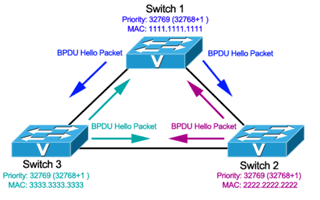
Spanning Tree Protocol (STP)
Spanning Tree Protocol – Part 3: Bridge ID, Pri...
In this article we will examine the Spanning Tree Bridge ID structure, explain why it has increments of 4096, how VLAN information is embedded (for...
ICMP Protocol
ICMP Protocol - Part 1: Introduction
The Internet Control Message Protocol (ICMP), is a very popular protocol and actually part of an Internet Protocol (IP) implementation. Because IP ...
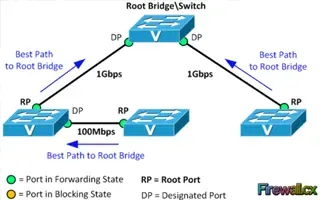
Spanning Tree Protocol (STP)
Spanning Tree Protocol – Part 2: Rapid STP Port...
Spanning Tree Protocol, Rapid STP port costs and port states are an essential part of the STP algorithm that affect how STP decides to forward or b...
Your IP address:
3.19.211.134
Wi-Fi Key Generator
Follow Firewall.cx
Cisco Password Crack
Decrypt Cisco Type-7 Passwords on the fly!
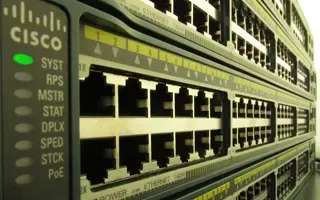
VLAN Networks
VLAN Security - Making the Most of VLANs
It's easy to see why virtual LANs have become extremely popular on networks of all sizes. In practical terms, multiple VLANs are pretty much the same as...
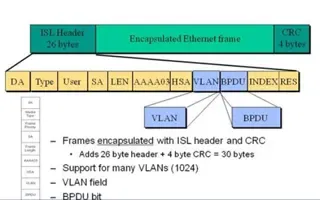
VLAN Networks
VLAN InterSwitch Link (ISL) Protocol Analysis
Deciding whether to use ISL or IEEE 802.1q to power your trunk links can be quite confusing if you cannot identify the advantages and disadvantages of e...
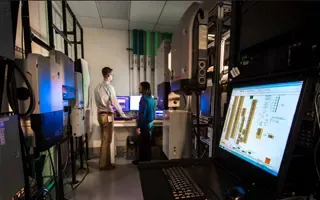
VLAN Networks
VTP Protocol - In-Depth Analysis
The previous article introduced the VTP protocol, we examined how it can be used within a network, to help manage VLANs and ease the administrative over...

VLAN Networks
The VLAN Concept - Introduction to VLANs
We hear about them everywhere, vendors around the world are constantly trying to push them into every type of network and as a result, the Local Area Ne...
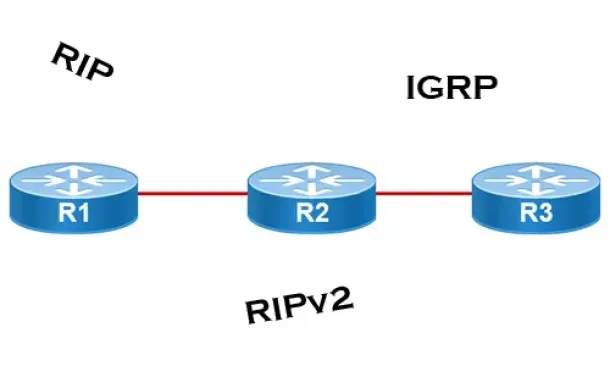
Routing
Distance Vector Routing Protocols
Distance Vector routing protocols use frequent broadcasts (255.255.255.255 or FF:FF:FF:FF) of their entire routing table every 30 sec. on all their inte...
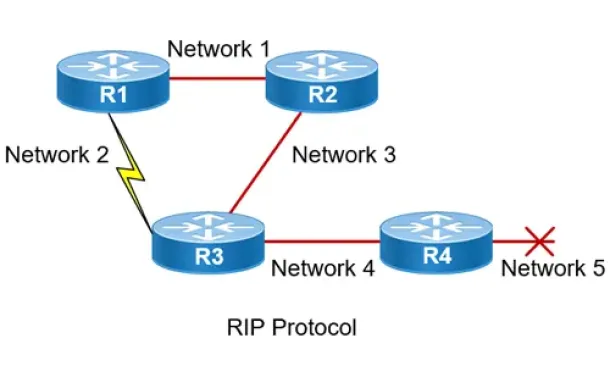
Routing
Routing Information Protocol - RIP
Routing Information Protocol (RIP) is a distance-vector routing protocol that is commonly used in small to medium-sized networks. It is one of the...
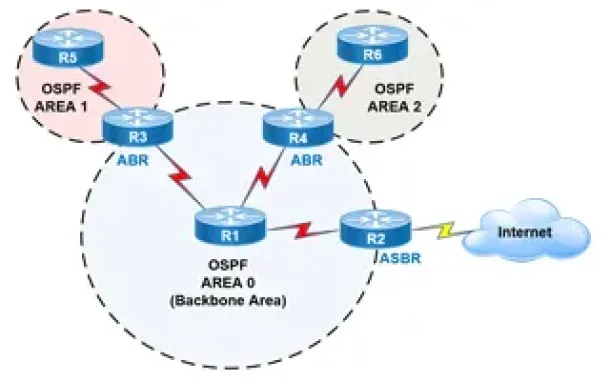
Routing
OSPF - Part 2: How OSPF Protocol Works & Basic Conce...
This article covers basic OSPF concepts and operation. We explain how OSPF works, how OSPF tables are built on an OSPF-enabled router and their purpose ...
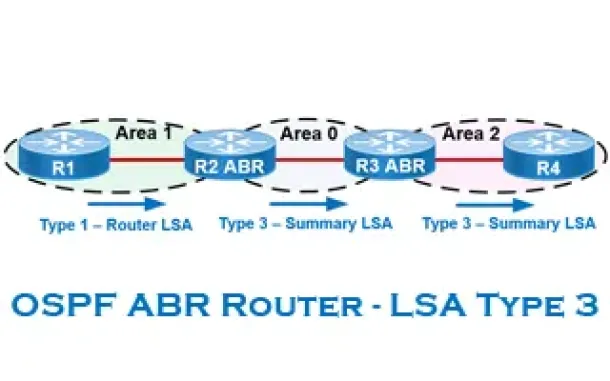
Routing
OSPF - Part 6: OSPF LSA Types - Purpose and Function...
Our previous article explained the purpose of Link State Update (LSU) packets and examined the Link State Advertisement (LSA) information contained with...
Network Address Translation - NAT
Static NAT - Part 2
The previous page (Static NAT - Part 1) helped us understand what exactly happens with Static NAT and how it works, and we saw a few examples of how to ...
Network Address Translation - NAT
Static NAT - Part 1
Static NAT (also called inbound mapping) is the first mode we're going to talk about and also happens to be the most uncommon between smaller networks.
...
Network Address Translation - NAT
Network Address Translation (NAT) Overload - Part 1
NAT Overload is the most common NAT method used throughout all networks that connect to the Internet. This is because of the way it functions and the li...
Network Address Translation - NAT
The Network Address Translation Table
After that simple and informative introduction to the NAT concept, it's time to find out more about how it works and this is where the NAT table comes i...




















